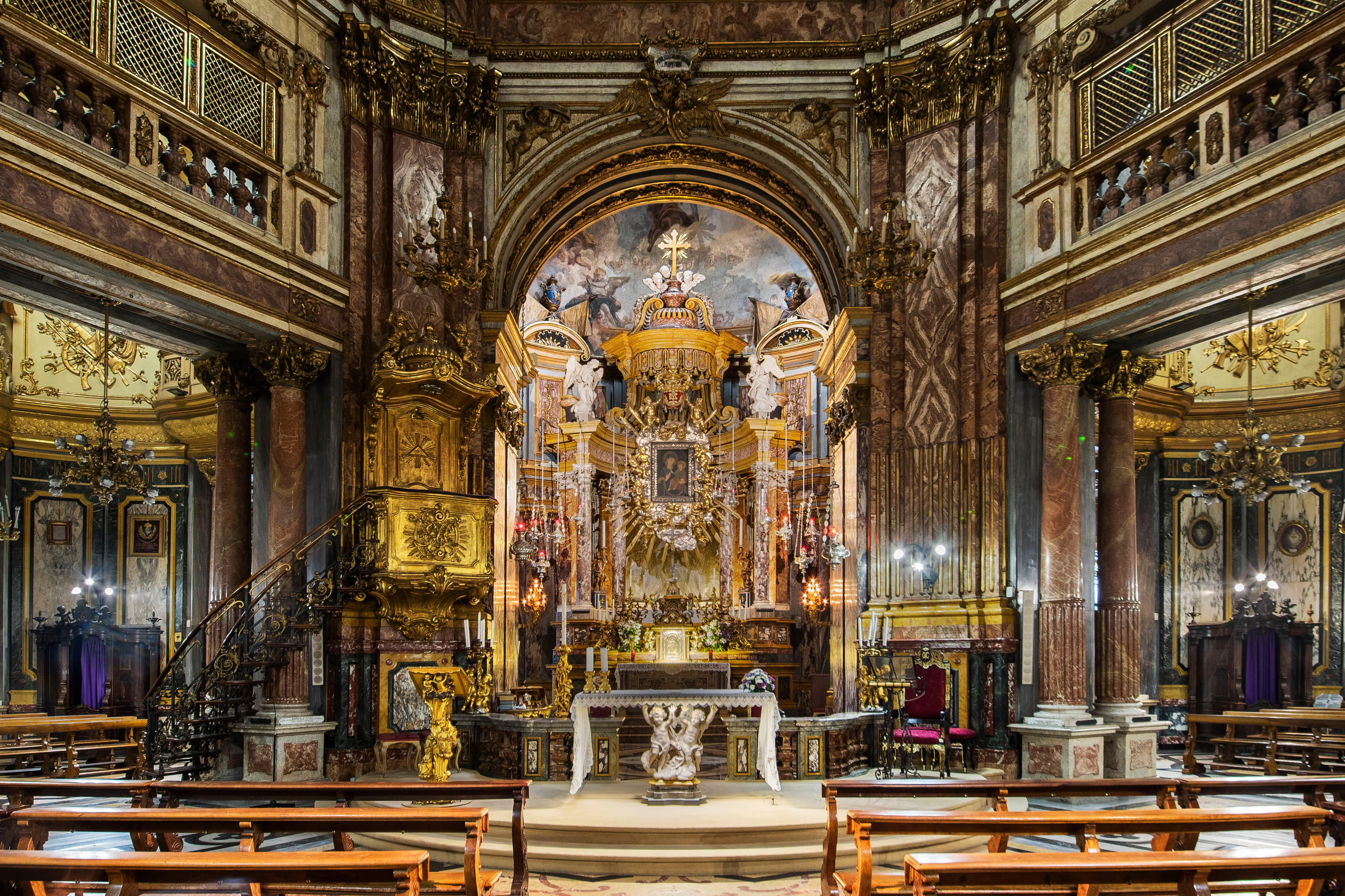About Santuario Della Consolata
The Church of the Virgin of the Consolation, also known as the Santuario della Madonna Consolata, is a Marian shrine and small basilica located in the heart of Turin, Piedmont, Italy. The sanctuary is referred to as La Consolata informally. It is situated at the junction of Via Carlo Ignazio Giulio and Via Consolata. An exterior picture looking west, including the belltower, portico, column, and domes. The shrine is called "Our Lady of Consolation" and is devoted to the Blessed Virgin Mary. On June 18, 1904, Pope Pius X issued a pontifical coronation decree for the revered Marian picture.
On April 7, 1906, the same Pope elevated the shrine to the rank of minor basilica. The Consolata Sanctuary has a long history and is closely related to the Consolatrice worship of the Virgin Mary. The church, which was built on top of an old basilica construction that was already known in the 10th century and was devoted to Saint Andrew, is situated astride the Roman fortifications, as evidenced by the archaeological findings of one of the corner towers. Over the years, the church has experienced many changes. Discover this iconic church and it's main attractions with our Europe trip packages.
Santuario Della Consolata Highlights
• Visit the oldest church in Turin which is a modest cathedral in the city's center; each year in June,
• Partake in a procession and ceremony held here in honor of the Virgin Mary.
• If you are a fan and lover of classic art, you should not miss visiting its classical portico and Baroque entry with multi-colored marble,
• Soak in the beauty of parts of an ancient Roman bell tower, Roman wall, and a collection of Baroque domes.
• Discover a number of paintings, sketches, and statues from the Middle Ages in the church.












.jpg?w=1280&dpr=1)
.jpg?w=1280&dpr=1)

.jpg?w=1280&dpr=1)




.jpg?w=1280&dpr=1)



.jpg?w=1280&dpr=1)